Housing Reforms and Major Projects Signal Opportunity Amidst Rising Insolvency Risks
This edition of The Pulse examines a NSW construction landscape marked by significant government-led reform and a robust project pipeline, contrasted with persistent financial risks and regulatory scrutiny.
Overview
The State Government is aggressively tackling the housing crisis through sweeping planning changes, including the NSW Housing Pattern Book and fast-tracked approval pathways designed to accelerate the delivery of low- and mid-rise homes [1, 6]. This policy push is complemented by a strong pipeline of major projects, from transport-oriented build-to-rent developments to long-term aged care facility renewals and critical infrastructure supply chain investments, attracting both public and private capital [2, 9, 11, 14].
However, this environment of opportunity is tempered by the stark reality of insolvency risk. A high-profile ASIC ban of a Sydney director following a $93 million corporate collapse serves as a critical reminder of the severe consequences of poor financial governance [15]. Furthermore, projects face increasing social and political headwinds, with community opposition threatening to derail developments and escalate costs, underscoring the importance of strategic risk management [5, 13].
NSW Government Accelerates Housing Supply Through Sweeping Planning Reforms
The NSW Government is implementing a multi-pronged strategy to boost housing supply, centered on streamlining planning approvals and incentivising affordable housing. A key initiative is the NSW Housing Pattern Book, which offers pre-approved, architect-led designs for low- and mid-rise housing [1, 6]. Projects utilising these designs can access a 10-day fast-track approval process, a significant reduction from traditional timeframes [1]. This reform, supported by legislative amendments to the State Environmental Planning Policy (Exempt and Complying Development Codes) 2008 and the Environmental Planning and Assessment Regulation 2021, is expected to cut assessment times by up to 50% [6]. The policy is designed to reduce red tape and project costs, with developers saving over $20,000 in typical architectural fees [1].
Alongside this, the State Significant Development (SSD) pathway is being effectively used to expedite critical housing projects. In Western Sydney, a 63-unit affordable housing project in Schofields received approval in just six months, leveraging a 30% height and floor space ratio (FSR) bonus to maximise density [7]. Similarly, a five-storey development in Lane Cove North, providing 86 social and affordable homes, was approved as an SSD by the NSW Department of Planning, Housing and Infrastructure [8]. These approvals, often for projects led by or in partnership with bodies like Landcom and the NSW Land and Housing Corporation, demonstrate a clear government priority to use planning levers to address the housing crisis, particularly in well-located areas and designated renewal precincts [7, 8].
Robust Project Pipeline Driven by Public Infrastructure and Private Investment
The NSW construction sector is buoyed by a strong pipeline of major projects spanning diverse sectors, underpinned by both government infrastructure spending and significant private investment. In Sydney, major transport-oriented developments are creating significant opportunities, such as the proposed $233 million build-to-rent project featuring 474 units above the new Crows Nest Metro station [2]. Further reinforcing the supply chain for major infrastructure, a new precast concrete factory has opened in Western Sydney to supply the Western Harbour Tunnel, creating around 700 manufacturing jobs [11]. The aged care sector also presents long-term opportunities, with the RSL ANZAC Village at Narrabeen planning a 10-15 year masterplan to modernise its extensive facilities [9].
This activity is attracting substantial international capital. Lendlease recently secured a mandate from Malaysia's largest public pension fund, initially committing $181 million for investment in Australian and Malaysian real estate, targeting high-growth sectors like build-to-rent, logistics, and data centres [14]. Beyond metropolitan Sydney, government-backed initiatives are driving regional development. The NSW Government has accepted all 13 recommendations from a report on post-mining land use in the Hunter Valley, signalling a future pipeline of projects to repurpose land and infrastructure for new industries like manufacturing and innovation [12].
Insolvency Risks and Regulatory Scrutiny Intensify
Despite a positive project outlook, the spectre of insolvency continues to loom over the NSW construction industry, prompting decisive action from corporate regulators. In a stark warning to the sector, ASIC banned a Sydney director for five years after his three collapsed companies left a trail of $93 million in debts owed to over 300 unsecured creditors, including the ATO and other small businesses [15]. The investigation found the director failed in his duties by trading while insolvent, misusing his position, and failing to maintain financial records or assist liquidators [15]. This high-profile enforcement action, supported by ASIC’s Assetless Administration Fund, underscores the regulator's focus on holding directors accountable for corporate failures.
This financial risk is compounded by growing social and political pressures that can impact project viability. A parliamentary inquiry into NSW's Renewable Energy Zones (REZ) has revealed deep community divisions, with vocal opposition from figures like Barnaby Joyce, who claims the rollout is a "swindle" harming regional communities [13].
This sentiment creates significant social licence risk, which can lead to costly delays and legal challenges for developers and contractors. Similarly, the potential redevelopment of the Woollahra 'ghost station' is hampered by a "split" among locals and a "coy" government stance, creating planning uncertainty and investment risk despite strong interest from developers [5]. These non-financial risks can quickly escalate project costs and timelines, placing further strain on company balance sheets in an already challenging environment.
Takeaways
Navigating New Planning Pathways and Incentives
Developers and builders must proactively adapt their strategies to capitalise on the NSW Government's new planning reforms. The NSW Housing Pattern Book and its associated fast-track approval pathway offer a significant opportunity to reduce project timelines and de-risk the approval phase [1, 6]. To leverage this, firms must engage qualified architects or building designers to ensure strict compliance with the Pattern Book standards, a mandatory requirement under the amended State Environmental Planning Policy (Exempt and Complying Development Codes) 2008 [6].
Furthermore, projects targeting affordable housing should be structured to maximise incentives available under the State Significant Development (SSD) pathway, such as the 30% height and Floor Space Ratio (FSR) bonus, which proved critical for the viability of the Schofields project [7]. A thorough understanding of the Environmental Planning and Assessment Act 1979 and its application to SSDs is essential for navigating these expedited but rigorous processes.
Director Duties and Insolvency Prevention: A Critical Reminder
The recent five-year ASIC ban of a Sydney director serves as a critical reminder of the personal liability directors face for corporate failure [15]. Under the Corporations Act 2001, directors have a non-delegable duty to prevent a company from trading while it is insolvent. The findings against the banned director - including failure to maintain financial records, improper use of position, and not assisting liquidators - highlight key areas of regulatory focus [15].
All directors in the NSW construction industry must ensure they maintain meticulous financial records, seek immediate professional advice at the first sign of financial distress, and understand that acting as a "shadow director" does not absolve them of these duties. Proactive compliance is not optional; it is a fundamental risk mitigation strategy to avoid severe penalties, including disqualification and potential civil or criminal action.
Managing Social and Political Project Risk
The growing community and political opposition to major projects, such as the REZ rollout [13] and the proposed Woollahra station development [5], elevates social licence from a secondary concern to a primary project risk. For projects proceeding via the SSD pathway, a formal Social Impact Assessment is often a required component of the application [8].
However, all major projects should treat robust and early community engagement as a critical, non-negotiable phase of development. This involves moving beyond tokenistic consultation to genuine dialogue that identifies and addresses local concerns. Failure to secure a social licence to operate can lead to protracted legal challenges, costly delays, and significant reputational damage, ultimately threatening project feasibility. Legal and commercial teams must factor the costs and timelines associated with comprehensive stakeholder engagement into their initial project planning and risk assessments.
Final Thoughts
The NSW construction industry is at a pivotal juncture. Government-led housing reforms and a strong investment pipeline present clear pathways for growth and opportunity. However, these prospects are shadowed by the ever-present risks of financial mismanagement and escalating social and political hurdles.
The firms that will thrive will be those that not only seize the opportunities presented by streamlined planning and new project tenders but also embed rigorous financial discipline and proactive risk management into their core operations. Navigating this dual landscape requires agility, a deep understanding of the evolving regulatory environment, and an unwavering commitment to compliance and stakeholder engagement. For senior professionals, maintaining this balance will be the key to sustainable success.
[1]. Smart Property Investment | by Liam Garman 17 July 2025, 11:15pm AEST. (17 July 2025). Revealed: Fast-tracked designs central to Minns’ 10-day housing approval strategy. https://www.smartpropertyinvestment.com.au/our-portfolio/26850-revealed-fast-tracked-designs-central-to-minns-10-day-housing-approval-strategy
[2]. Daily Telegraph - Mosman Daily | by Jim O'Rourke 17 July 2025, 3:40pm AEST. (17 July 2025). Crows Nest: Plan for 470 rental units, key worker housing, in three towers above Metro station. https://www.dailytelegraph.com.au/newslocal/mosman-daily/crows-nest-plan-for-470-rental-units-key-worker-housing-in-three-towers-above-metro-station/news-story/97b4b75bcc7c05a6e7306fd5763d2a1c?btr=f3f42c578ef0390c02891f46e574a923
[3]. Architecture AU | 17 July 2025, 11:27am AEST. (17 July 2025). Chatswood residential tower on public exhibition. https://architectureau.com/articles/chatswood-residential-tower-on-public-exhibition/
[4]. Back Country Bulletin | 17 July 2025, 6:00am AEST. (17 July 2025). Balranald’s input needed for MASP’s new strategic plan. https://backcountrybulletin.app/NewsStory/balranalds-input-needed-for-masps-new-strategic-plan/6875a712043e1c002ed754e7
[5]. WA Today | by Jessica McSweeney, Cindy Yin, Alexandra Smith 17 July 2025, 5:00am AEST. (17 July 2025). 'No-brainer': Architects, developers ready to pounce on Woollahra ghost station. https://www.watoday.com.au/national/nsw/no-brainer-architects-developers-ready-to-pounce-on-woollahra-ghost-station-20250714-p5metw.html
[6]. Australian Broker | by Mina Martin 17 July 2025, 3:20am AEST. (17 July 2025). NSW Pattern Book and Fast-Track Pathway to boost housing supply. https://www.brokernews.com.au/news/breaking-news/nsw-pattern-book-and-fasttrack-pathway-to-boost-housing-supply-287586.aspx
[7]. Third Sector | by Geraldine Grones 22 July 2025, 12:25pm AEST. (22 July 2025). Affordable housing project in Western Sydney gets green light. https://thirdsector.com.au/affordable-housing-project-in-western-sydney-gets-green-light/
[8]. The Weekly Source | by Ian Horswill 22 July 2025, 9:17am AEST. (22 July 2025). 43 social and 43 affordable homes in five-storey development approved in Lane Cove North, Sydney. https://www.theweeklysource.com.au/43-social-and-43-affordable-homes-in-five-storey-development-approved-in-lane-cove-north-sydney
[9]. NCA Newswire. (21 July 2025). Outdated ANZAC Village pushes for massive renovation. https://www.agedcareinsite.com.au/2025/07/iconic-sydney-aged-care-makeover-masterplan/
[10]. Edge FM 102.5. (28 July 2025). Better Together - Edge FM. https://edge1025.com.au/articles/better-together/
[11]. @AuManufacturing | by Brent Balinski 21 July 2025, 5:18am AEST. (21 July 2025). Best of the week — the five most popular stories among readers, July 14 – 18, 2025. https://www.aumanufacturing.com.au/best-of-the-week-the-five-most-popular-stories-among-readers-july-14-18-2025
[12]. Dungog Chronicle | by Simon McCarthy 19 July 2025, 2:23pm AEST. (19 July 2025). 'Muswellbrook can't wait for mines to close': mayor throws support behind post-mining land use report. https://www.dungogchronicle.com.au/story/9020052/hunter-valley-embraces-post-mining-land-reforms/
[13]. Blayney Chronicle | by Elka Devney 18 July 2025, 5:00pm AEST. (18 July 2025). 'They're not farms, it belittles farms': Barnaby Joyce slams renewables. https://www.blayneychronicle.com.au/story/9019280/barnaby-joyce-criticises-nsw-renewable-energy-zones-rollout/
[14]. Financial Standard | by MATTHEW WAI 18 July 2025, 12:15pm AEST. (18 July 2025). Lendlease awarded Malaysian pension fund mandate. https://www.financialstandard.com.au/news/lendlease-awarded-malaysian-pension-fund-mandate-179809268
[15]. NT News | by Sarah Perillo 18 July 2025, 11:06am AEST. (18 July 2025). Sydney builder banned after three collapsed companies leave $93m trail of debts. https://www.ntnews.com.au/business/sydney-builder-banned-after-three-collapsed-companies-leave-93m-trail-of-debts/news-story/d5f5bf2b26cfac89a9ca67b54bc6bc76?btr=1f12a76cca224b8230c1dc7b48671db7
The Pulse collates the latest news and opinions from third-party sources. Links, snippets or text are generated by an artificial intelligence engine. The Pulse aggregates news reports and does not claim to have copyright to the content. We have not fact-checked that content and cannot vouch for its accuracy or completeness. Nor do we endorse the opinions expressed by the authors or primary publishers. The content is provided as general information only and should not be relied on as a substitute for professional advice. You should contact the source to verify any factual content as well as taking specialist advice that takes your personal objectives and circumstances into account.
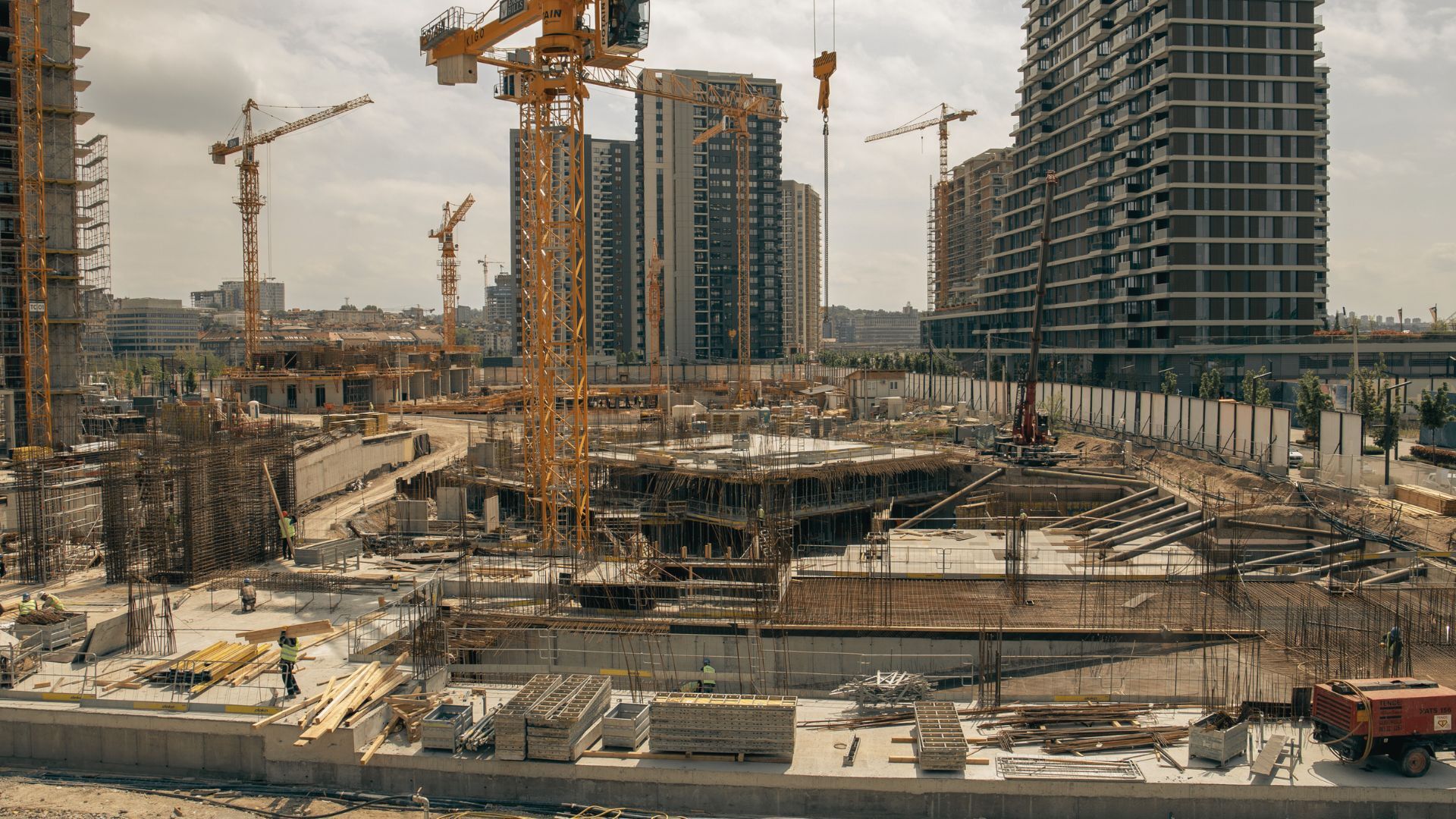



.png)


.jpg)

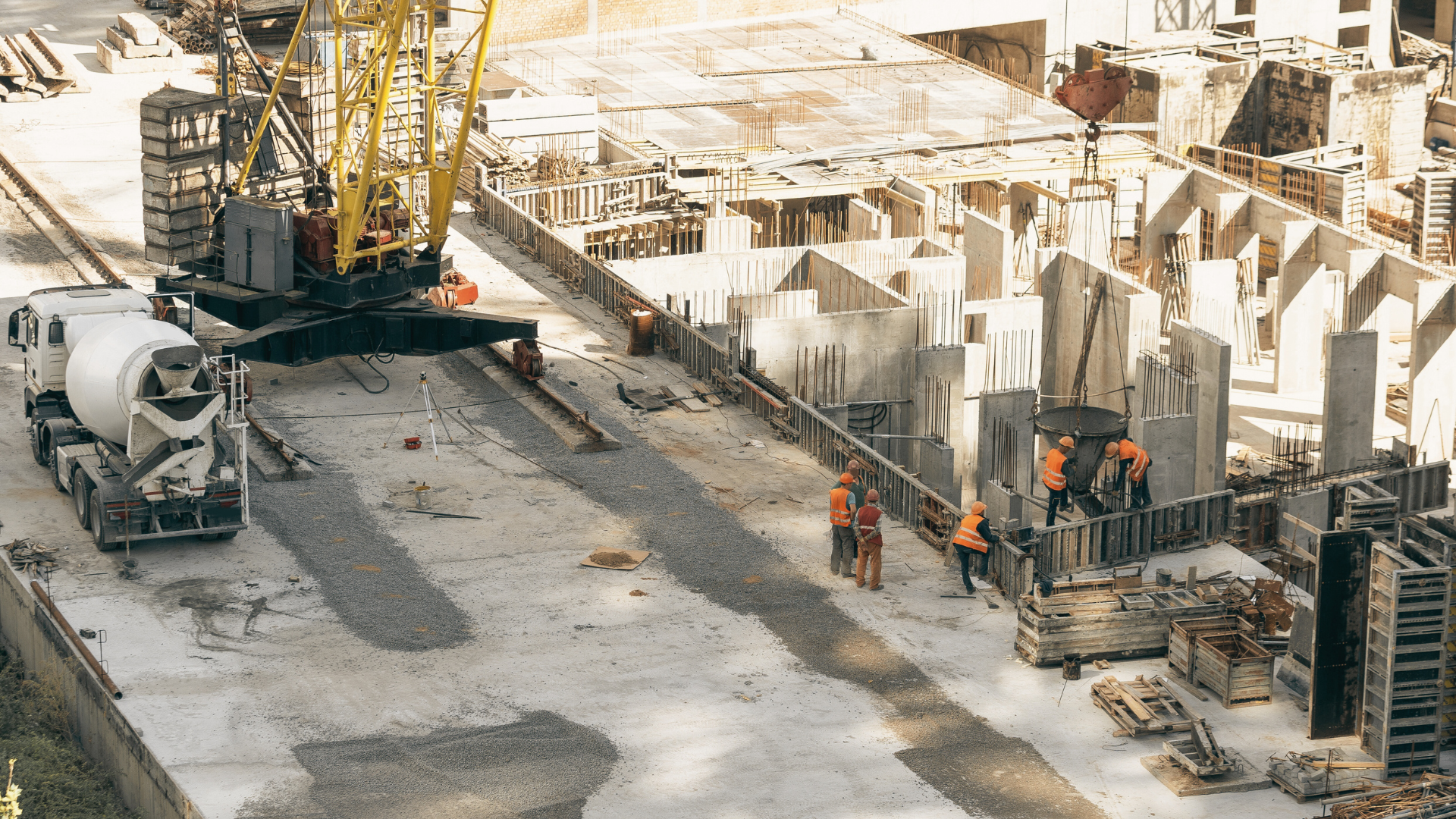




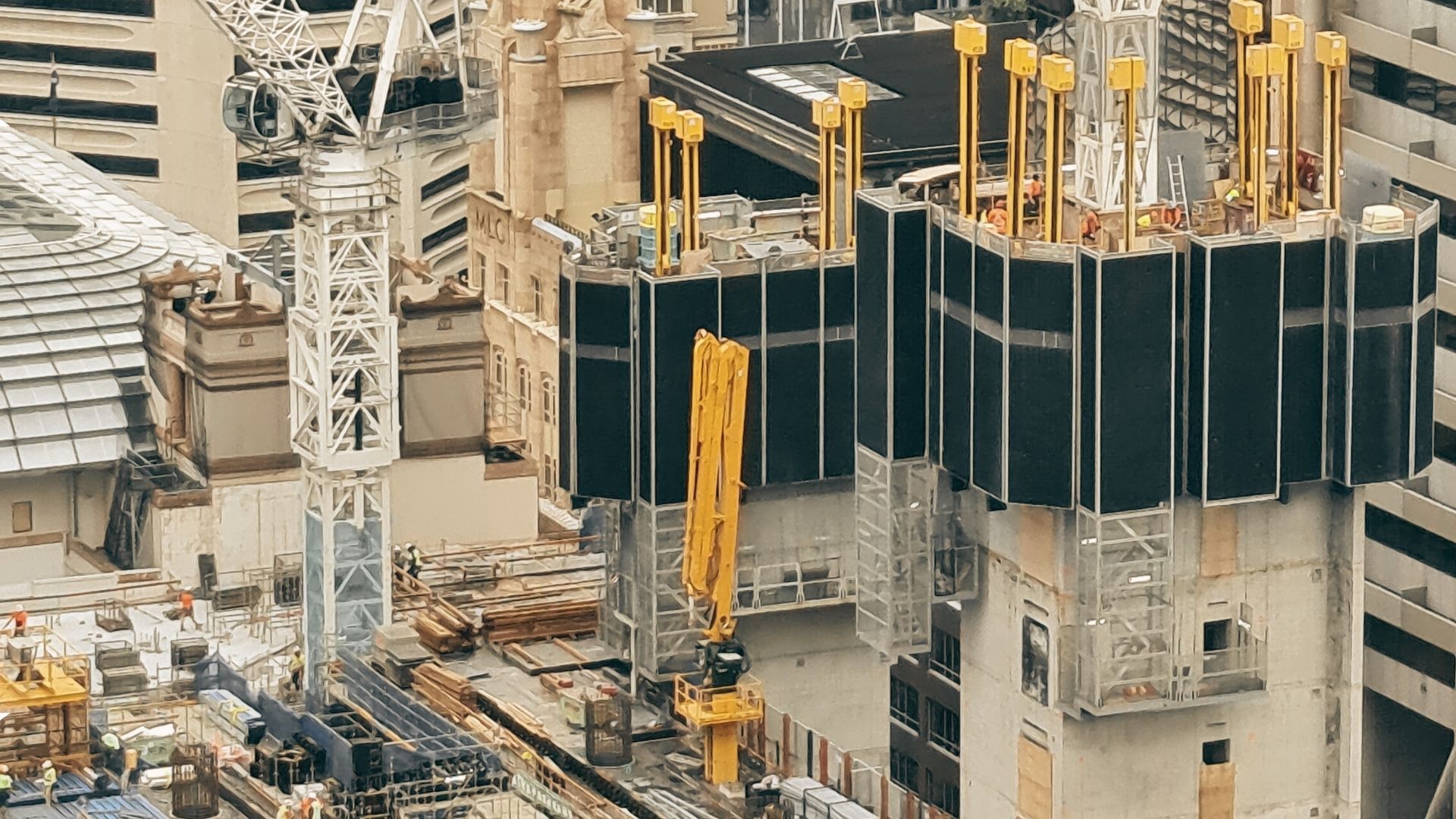

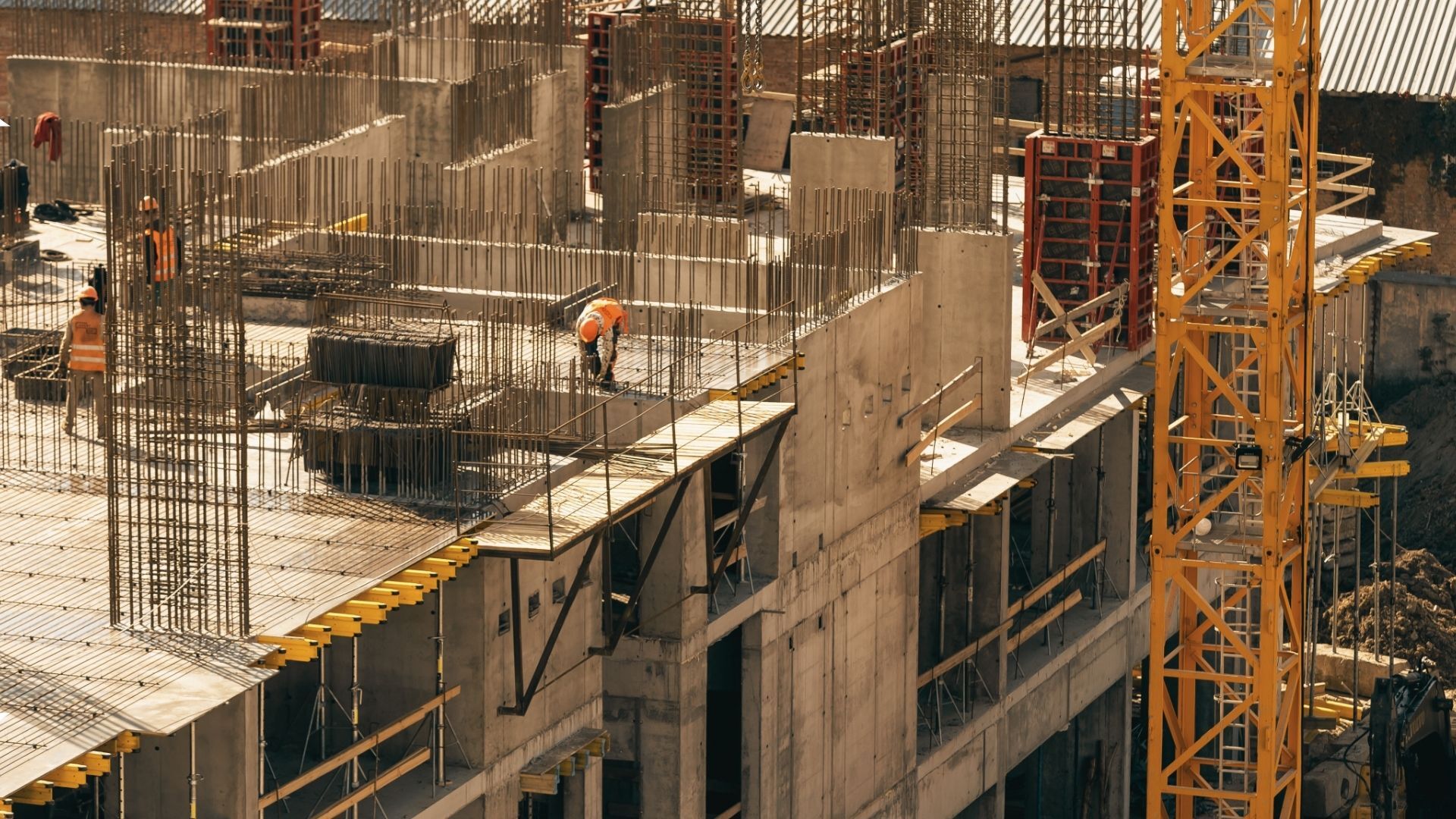
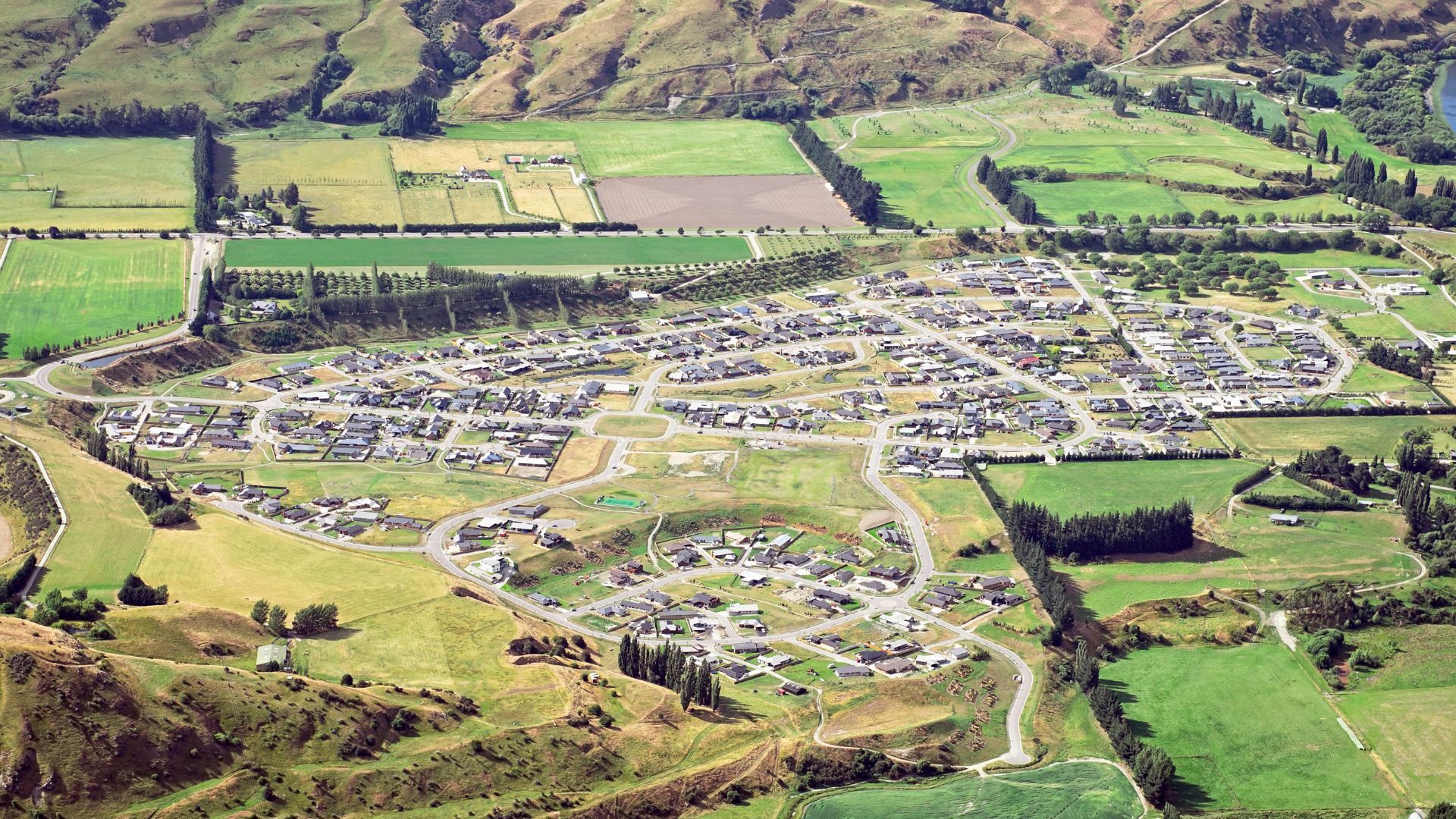


.jpg)